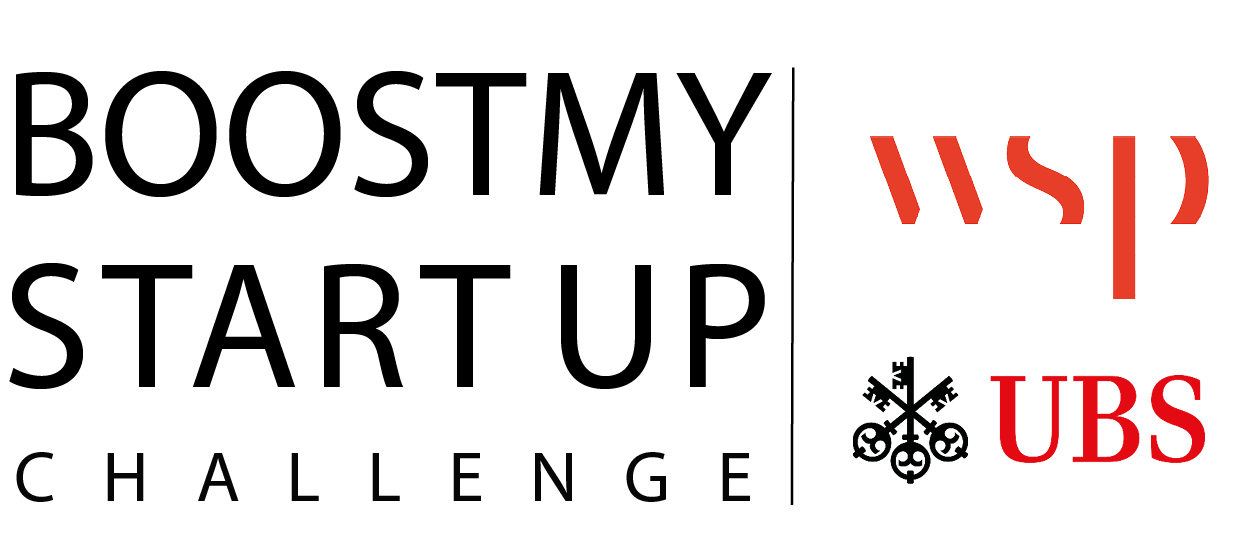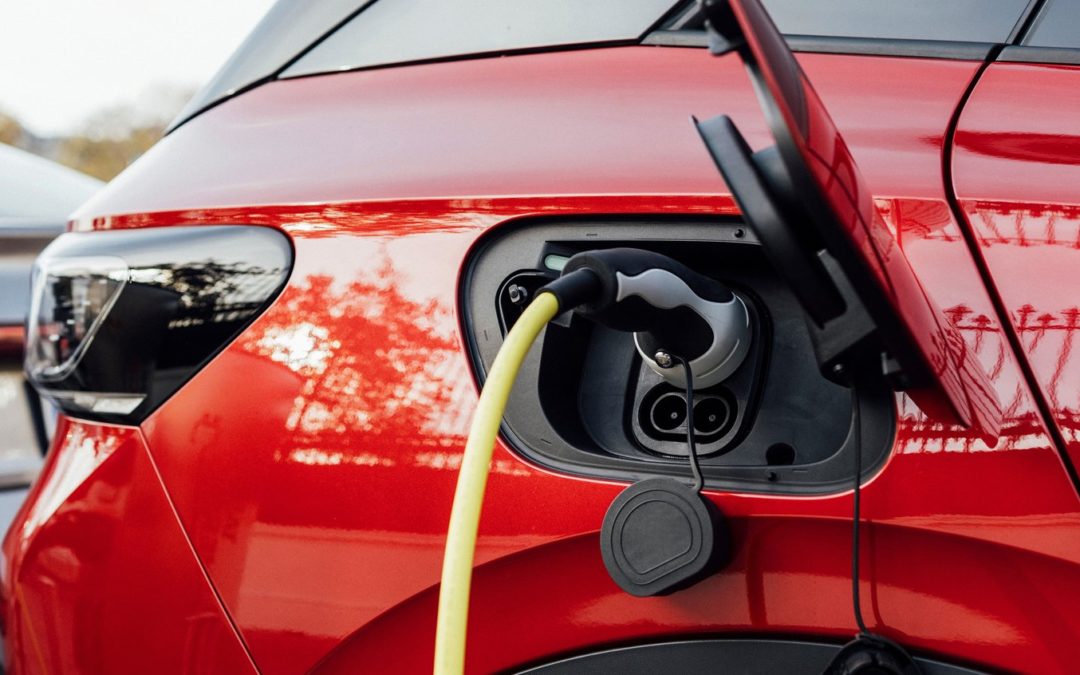At WSP, we use innovation to solve concrete challenges in our projects, and Artificial intelligence is already part of this approach. It helps our teams process data more effectively, anticipate needs and make informed decisions for clients and communities.
Luca Bron, a data analyst in Switzerland, works closely with engineering teams to bring AI into everyday practice. He develops data-driven tools that support planning and improve the quality and efficiency of infrastructure projects.
“AI allows us to make better use of our expertise and to make decisions with more confidence and fewer blind spots,” Luca says.
With electrical mobility trending in Europe (9.4% CAGR in the last 3 years) following strict CO2 regulations, charging stations operators and municipalities need to assess investment requirements as far as the electrical charging infrastructure is concerned. Considering existing charging stations locations, socio-demographic data, vehicle ownership and housing types data, we created a predictive analysis model that provides tailored recommendations and steer investments scenarios. The analysis pointed out a lack of 4,671 EV charging stations in three regions and across 3,270 municipalities in Southern France. The model provides as well optimal distribution of the charging station in extended operating networks.
In Switzerland, our Cloud Specialist Romain Tureckyj has developed a digital tool to help engineering teams comply with the Federal Roads Office’s (ASTRA) guidelines. ASTRA’s documentation is extensive and highly detailed, making any information search challenging and time consuming. The team built a chatbot that draws directly from ASTRA’s 400 technical directives, helping engineers work more efficiently.
AI is also helping in predictive maintenance. One of our clients with a 500km city pipe network faces the challenges of maintaining it against corrosion. Luca and the project team were able to leverage extended data about the network characteristics together with corrosion data from field survey through the use of artificial intelligence. The outcome: a precise map of the pipe segments most likely to face corrosion problems and break. This enables targeted interventions, optimizing maintenance efforts, and reducing costly disruptions.
“In some problems, the many relationships between a cause and an effect are too complex to comprehend. AI helps find an empirical solution that solves them.” Luca says.
These examples show how AI can support engineering work without replacing human judgment. It helps teams handle complex data, spot risks earlier and concentrate on decisions that require their full expertise.
At WSP, innovation capacity is scattered throughout the company, and everyone has a part to play. Aside from our internal innovation process, we work with startups and universities to bring new ideas into live projects. That is also the idea behind the Boost My Startup Challenge, which WSP runs together with UBS since 2021. It connects promising startups with funding opportunities and a proven commercial network to help them grow and put their products into the market.
Luca’s work reflects the same mindset: staying curious, thinking ahead and solving problems in new ways. “We use AI to solve real problems. That’s what makes it interesting.” He says.
Artificial intelligence is evolving quickly, and its role in engineering is growing. From managing traffic flows in cities to improving energy performance in buildings, the possibilities keep expanding.
But the biggest opportunity lies in how we work with AI as it allows us to detect patterns faster, see risks earlier and learn faster, adapting to tomorrow’s needs. With pioneers like Luca Bron and teams across WSP applying their skills and experience in concrete projects, we are shaping the future of engineering.
Progress does not happen by accident. It takes vision, collaboration and the willingness to try a different approach. Let’s work together.

